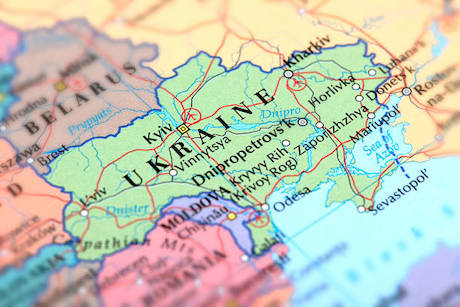Much like every business vertical, the Russia-Ukraine crisis is dominating conversations in logistics and freight procurement. A key cog in logistics operations, Ukraine represents 200 million tons of transit capacity. It’s actually an important transit crossroad between Europe & Asia, which means any sort of disruption will have serious ramifications on not just the European supply chain, but the entire planet’s.
With that in mind, here are some immediate supply chain and logistics challenges that are being posed by the developing crisis in Ukraine.
Alternate Capacity Procurement Gets Even Worse
Unfortunately, Ukraine is no stranger to having to adapt to logistical disruptions on the fly due to the conflicts that have unfolded in the eastern part of the country over the last eight years. However, as the country’s ports become more squeezed, more freight is rerouted to air and land, and additional capacity is needed to support battle efforts, the already strained capacity within the region is set to become more scarce and expensive.
Material Costs Surge
With the energy sector in particular one of the hardest-hit areas of the conflict, not only is moving freight going to become more challenging from a procurement perspective, but it is also going to be way more costly due to fuel price surges and shortages. Therefore, companies need to find ways to alter their strategies accordingly in order to make the most fuel-conscious decisions possible.
Product Shortages Change Demand
Imports into Ukraine are also set to have a huge impact on logistics operations as well. Because there is likely to be huge shortages of everything from food to clothing coming into Ukraine, shippers will have to alter how much stock is delivered to each location on a virtual day-to-day basis. Thus, any sort of existing planning will need to be ripped up and reworked ad hoc.

